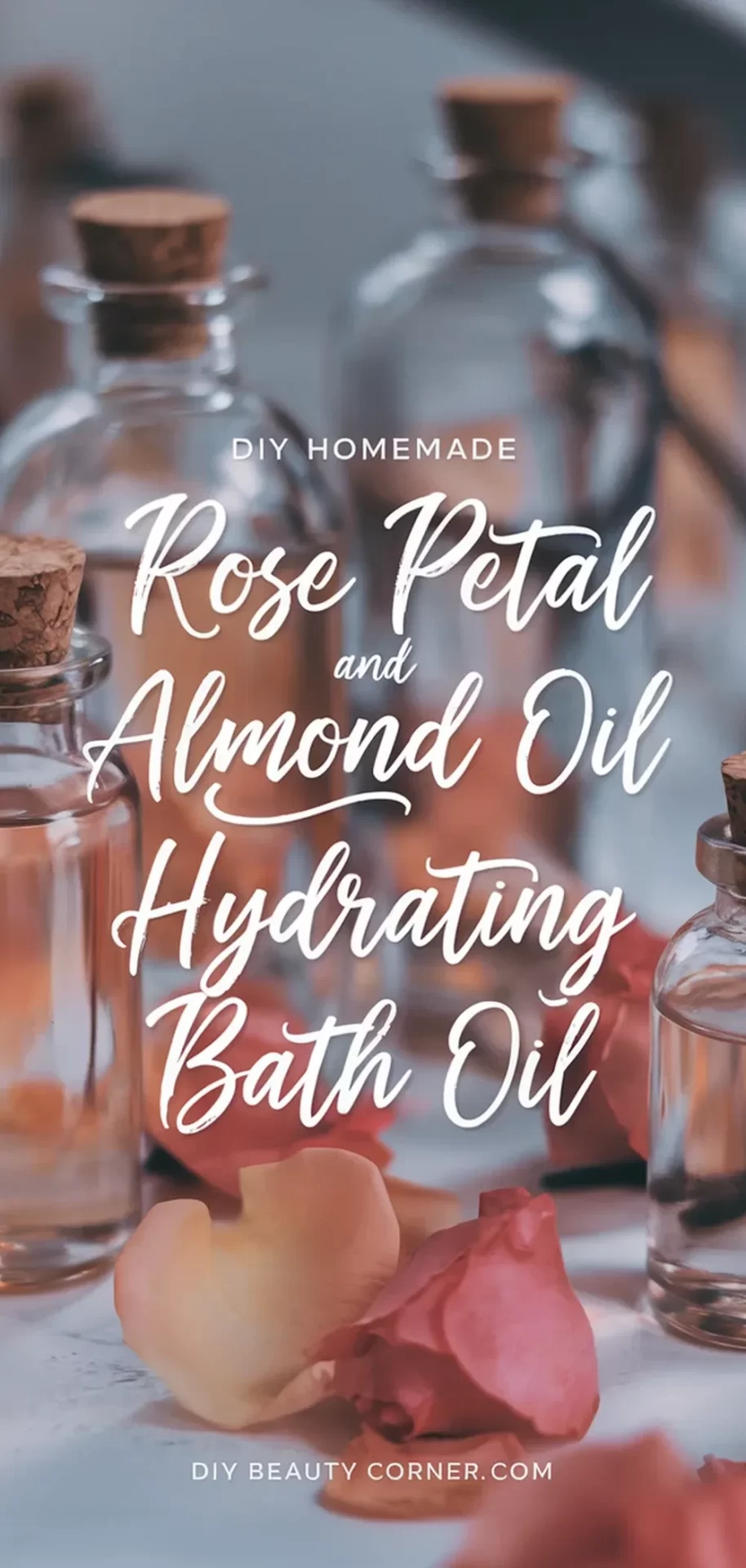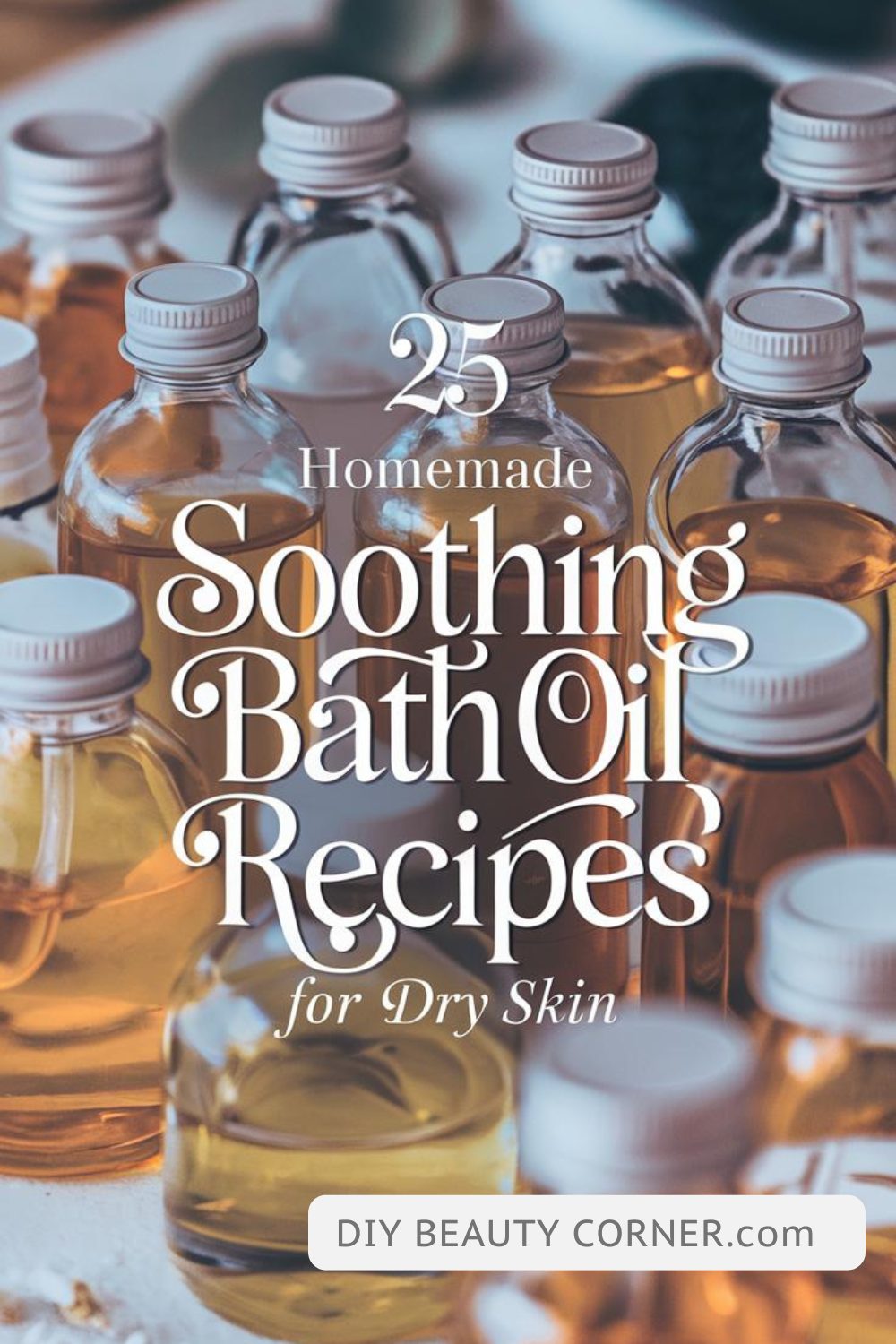
Creating your own bath oil is a rewarding way to blend relaxation with skincare. I’m excited to share a simple yet luxurious recipe for a rose petal and almond oil hydrating bath oil that will leave your skin feeling soft and rejuvenated. This hydrating mixture not only provides nourishment for dry skin but also infuses your bath with a delightful floral aroma.
To make this soothing bath oil, I combine sweet almond oil and dried rose petals. The almond oil serves as a fantastic carrier oil, rich in vitamins and ideal for moisturizing the skin. The addition of rose petals not only enhances the scent but also provides additional skin benefits, making the bath experience truly enjoyable.
Follow along as I provide you with a straightforward ingredients list and step-by-step instructions to create this hydrating bath oil at home. You’ll find that indulging in this self-care ritual is easy and satisfying!
Gathering Quality Ingredients
To create an effective and luxurious rose petal and almond oil hydrating bath oil, it’s essential to select high-quality ingredients. The right choice of almond oil and rose petals will enhance the aroma and benefits of the final product.
Choosing the Right Almond Oil
When selecting almond oil, I always opt for cold-pressed or unrefined varieties. These oils retain more nutrients and provide better hydration for the skin. It’s crucial to check the label to ensure there are no added chemicals or fragrances, as these can detract from the oil’s natural properties.
I prefer sweet almond oil for its light texture and pleasant scent. This oil is rich in vitamins A and E, which nourish and protect the skin. I typically look for oils stored in dark glass bottles, as this helps preserve their quality by shielding them from light.
Selecting Fresh Rose Petals
Choosing the right rose petals is equally important for my bath oil. I focus on using organic petals to avoid pesticides or harmful chemicals. If I can, I pick petals in the morning after the dew has dried, as they retain more essential oils at this time.
When selecting dried petals, I ensure they are vibrant in color with a strong fragrance. This ensures maximum potency. If dried roses are not available, fresh organic petals can be used, but they must be dried before creating the oil mixture. Properly dried petals maintain their aroma and properties for a longer time, making them an ideal choice for this bath oil.
Creating Your Bath Oil Blend
Crafting a rose petal and almond oil hydrating bath oil involves careful selection and combination of ingredients. My goal is to share effective methods to create a luxurious blend that nourishes the skin while delivering a soothing aromatic experience.
Mixing Oil and Petals
To begin, I select high-quality carrier oils, primarily almond oil, known for its hydrating properties. In a mixing bowl, I combine 1 cup of almond oil with 1/4 cup of dried rose petals. The petals not only impart a delicate fragrance but also boost the oil’s nourishing qualities.
Using a spatula, I gently fold the petals into the oil, ensuring they are evenly distributed. If desired, I can add a few drops of rose essential oil to intensify the rose scent. This mixture is the foundation for a relaxing bath oil blend.
Infusion Techniques
Infusing the almond oil with rose petals enhances the final product. I prefer the cold infusion method for its simplicity and effectiveness. In a glass jar, I pour the oil mixture and seal it tightly. I then place the jar in a warm, sunny spot for 1-2 weeks.
During this time, the oil absorbs the essence of the petals, creating a fragrant infusion. I shake the jar gently every few days to agitate the mixture, helping the infusion process. After the infusion period, I strain out the rose petals using a fine mesh strainer or cheesecloth, leaving me with a fragrant oil.
Final Touches and Storage
Once the oil is infused, I transfer the finished product into a clean glass bottle for storage. To enhance its shelf life, I add 1 teaspoon of vitamin E oil, a natural preservative that also offers additional skin benefits.
It’s essential to label the bottle with the date and ingredients for future reference. I store the oil in a cool, dark place to maintain its quality. When ready to use, I pour a few tablespoons into my bath for a soothing, hydrating experience that I can enjoy any time.

